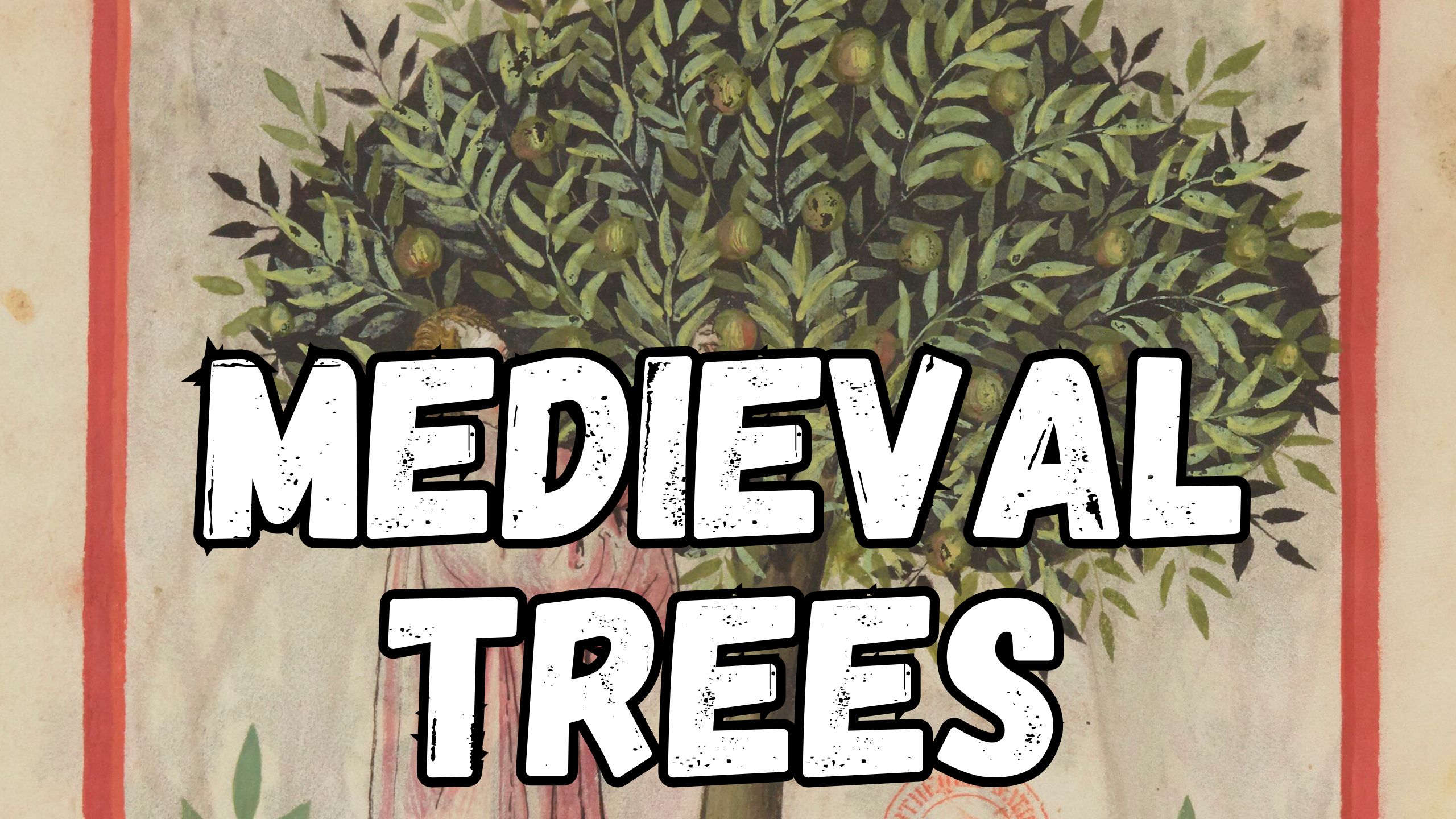
"In the days of old, trees were more than mere plants; they bore deep meaning and mystery in the hearts and minds of men. Medieval folk saw in trees not only wood and timber but symbols of the eternal struggle between good and evil, life and death. This duality, between the "good" and "bad" trees, was deeply rooted in cultural tradition, blending Christian teaching with Greco-Roman heritage and the ancient beliefs of Northern barbarians."
"The Linden was admired for its grandeur, long life, and sweet fragrance. Its flowers attracted bees whose buzzing gave the tree a musical quality that delighted all. More than beauty, the Linden was prized for its manifold uses: its leaves, bark, sap, and especially its flowers were famed for their healing virtues. The blossoms, long used in medicine, had sedative and even narcotic powers."
Medieval culture assigned moral and practical meanings to trees, distinguishing 'good' and 'bad' species. Cultural tradition blended Christian teaching, Greco-Roman heritage, and ancient Northern beliefs in these classifications. Linden (Tilia) enjoyed exceptional esteem for grandeur, fragrance, long life, bee-attracting flowers, and medicinal properties; blossoms served as sedatives and narcotics. Linden wood was tender, light, and fine-grained, preferred by carvers and instrument-makers and frequently used for statues of saints. Other valued trees included oak for strength, elm at sites of justice, and ash revered by Germanic peoples as a mediator between heaven and earth.
Read at Medievalists.net
Unable to calculate read time
Collection
[
|
...
]